How to harvest sunflower seeds: get it right with our advice
Learn how to harvest sunflower seeds at the right time and store them for planting or eating
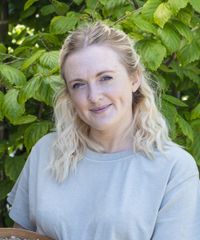
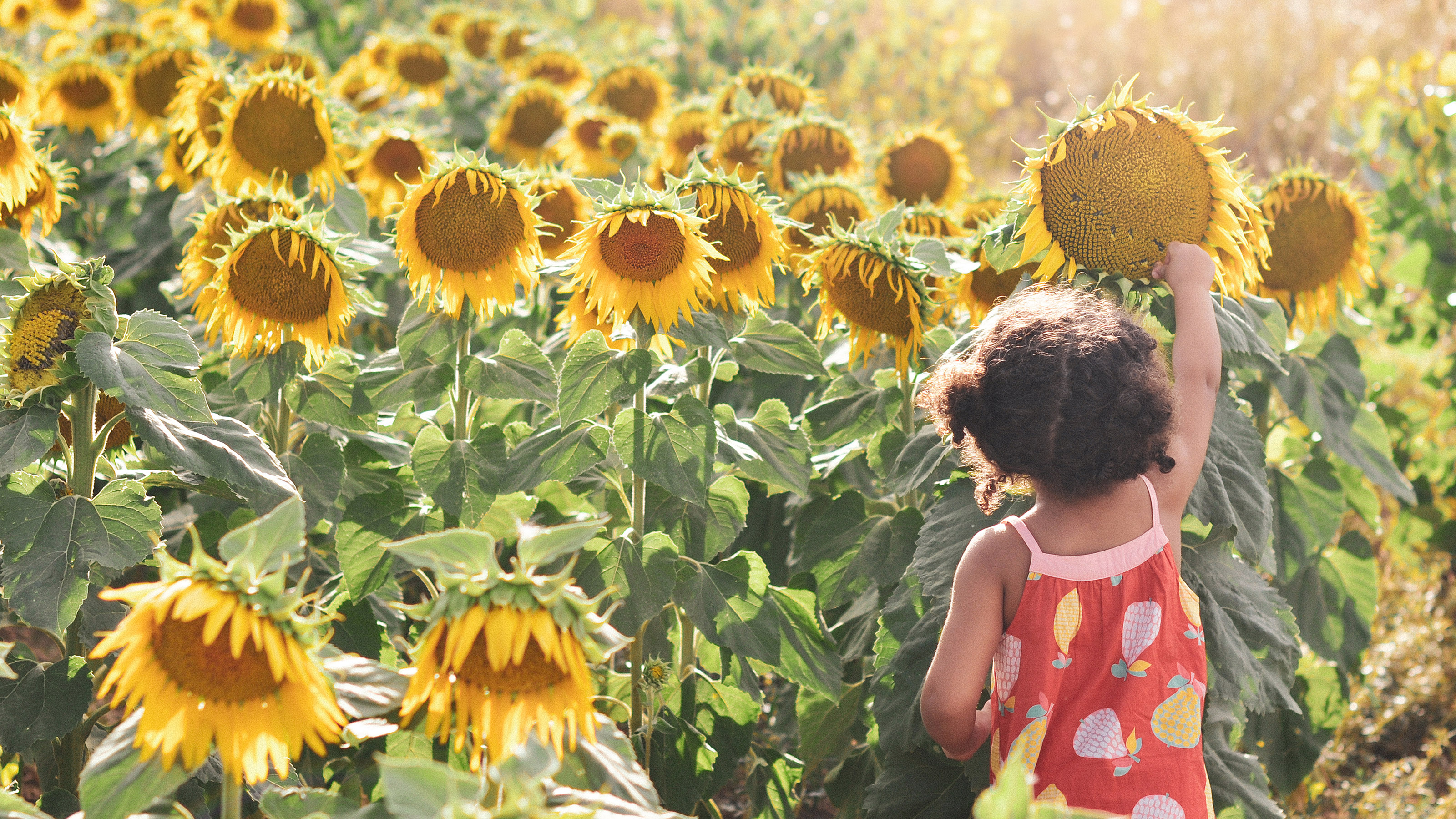
Learning how to harvest sunflower seeds is well worthwhile. Their large flower heads produce a ton of seeds that can be collected to plant up new flowers next year.
The seeds themselves are substantial, making harvesting them an easy task, rather than fiddly as it is for some flowers. In fact, it's so easy, you can get the whole family involved.
If they are picked and stored in the right way, you can find that the seeds will last for years. What's more, sunflower seed makes a delicious and nutritious snack, so you can harvest and store some in your pantry for eating as well as planting.
However you want to use them, harvesting the seeds is one of the many rewards you get for learning how to grow sunflowers.

How to harvest sunflower seeds for planting
According to John Negus, a gardening expert from Amateur Gardening, once you get free seeds from your sunflowers for planting, they can last for more than 10 years. That is, 'if kept cool and dry, such as in a sealed plastic bag in the refrigerator.'
Here's how to do it:
- Grow the right varieties: 'If you want to save seeds to grow the next year, it is important to grow open-pollinated varieties, not F1 hybrids,' says Adam Alexander, author of The Seed Detective – Uncovering the Secret Histories of Remarkable Vegetables available at Amazon.
- Wait for the right moment: 'The best time for you to harvest them is when petals are dry and the head starts to go brown,' says Simon Crawford of Burpee Europe. 'Once the petals start falling off and the seeds become a black hue, it is time to harvest them.' Leave them for too long and the birds will have them, he adds.
- Collect the seeds: Sunflowers are probably the easiest plant from which to collect seeds from flowers, says Adam. 'All I do is rub my hands over the dry flower heads and the seeds pop out. If they don't shift, leave the heads for a few days to dry some more. Select the fattest, nicely-shaped seed for growing.'
- Dry them out: 'To be sure they are fully dry, I spread them out on a piece of paper on the windowsill for a few days,' says Adam. 'When they feel hard and snap when you break them, they are ready to store.'
- Store the seeds: Keep them in a cool, dark place, in an envelope, or airtight box, says Simon. 'You can also store them in a refrigerator or a freezer for a longer time.' If you're looking for budget garden ideas, this is a great way to get more blooms for free.
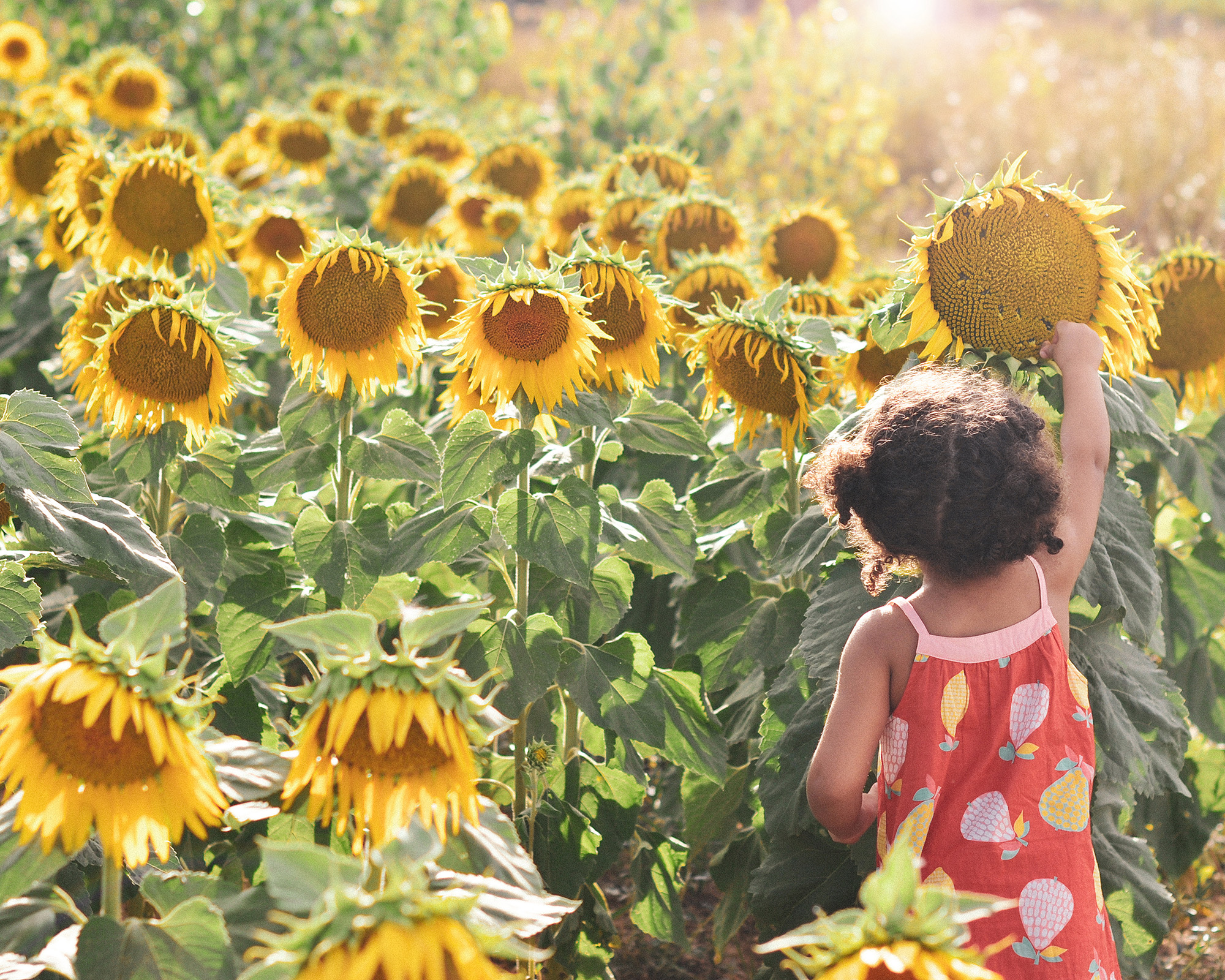
How to harvest sunflower seeds for eating
As well as learning how to harvest sunflower seeds to get free plants, you can keep some back for eating. 'All sunflower seeds are edible,' says Simon Crawford. 'The seeds that are ready to be harvested will be plump and come away easily from the head into your hand.'
- Grow a tasty variety: Adam's favorite varieties are the traditional giants such as 'Titan', 'Giraffe', 'Russian Giant', 'Italian White', 'Choco Sun', and 'Alto Giallo'. However, 'most sunflowers yield seeds that can be flavorsome and good to eat,' he says.
- Protect your bounty: If you want to know how to harvest sunflower seeds for eating, you may need to protect them, as they can attract birds in your garden. 'To be sure our feathered friends don’t get them first, it is worth putting a large paper bag or muslin over the heads as they ripen, tied loosely to the stem,' says Adam.
- Remove the chaff: 'You need to remove the chaff (spent inner flowers and outer petals) – this may drop off on its own, or you might need to pick or rub it off,' says Melanie Griffiths, Editor of Period Living magazine. After discarding the outer chaff you can eat the inner seed.
- Store the seed: Adam keeps his seed for planting and growing in the same place. 'A little secret; I don’t bother to separate seed but take what I want to grow from the jar I store the seeds I want to eat, which stays in my larder,' he says.
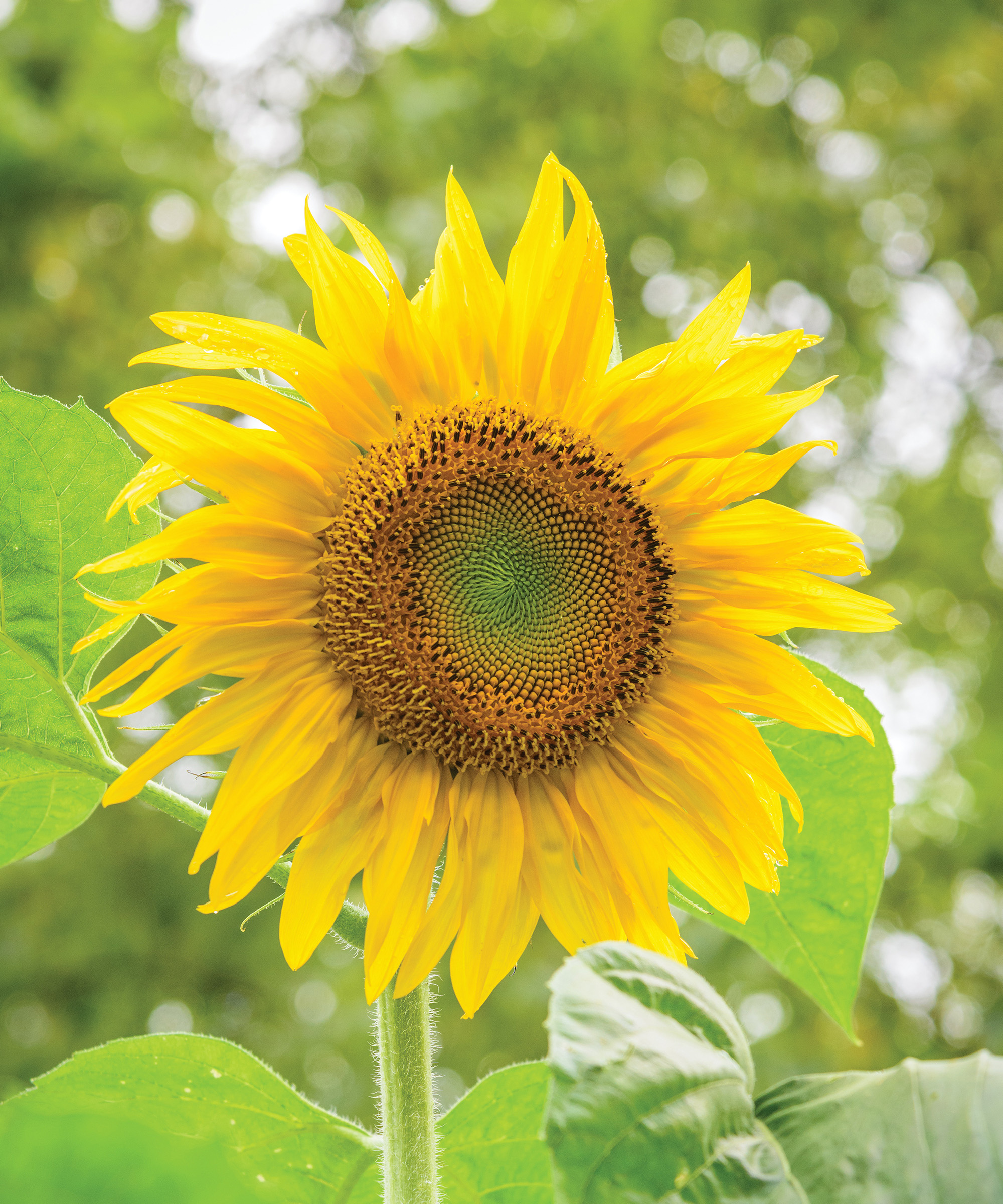
When to harvest sunflower seeds
'The best time to harvest sunflower seeds is when they are fully ripe in late summer,' advises Adam Alexander. 'The heads will turn down and look quite dead and the seeds will be quite easy to remove.'
When the heads are starting to bend over, you can cut them off allowing at least 10cm [4in] of stem, and hang them upside down in an airy room out of direct sunlight for a week or two to allow the seeds to fully mature, he says.
Once you've learned how to harvest sunflower seeds, you can try your hand at other plants, for instance, saving pumpkin seeds.
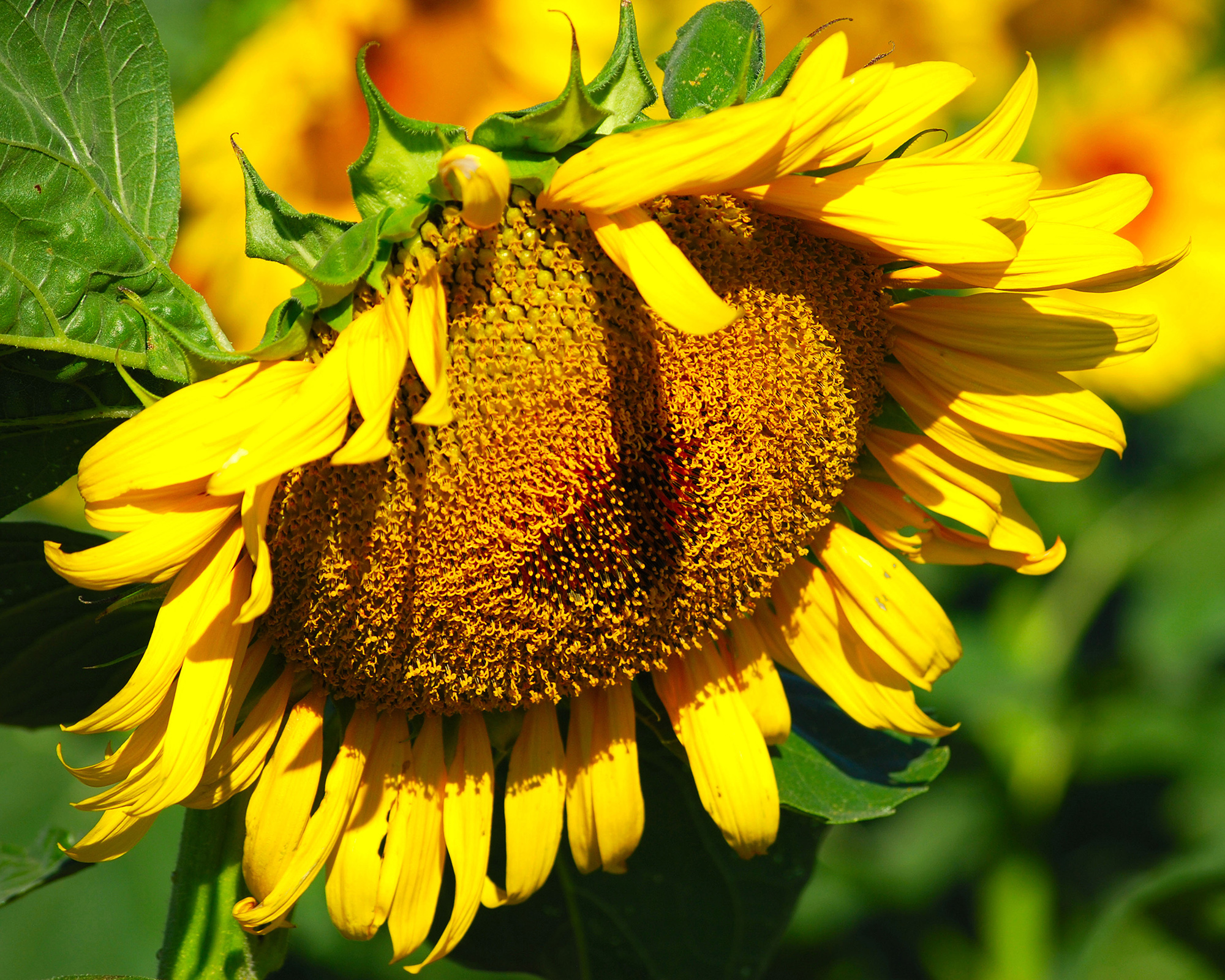
Can you eat sunflower seeds straight off the plant?
'You can eat sunflower seeds right off the plant,' says Adam Alexander. 'But, in my opinion, it is a task separating the kernel from the seed husk, and they taste much better lightly roasted.
'I like to lightly toast them in the oven at 320˚F (160˚C degrees) for five minutes. Spread them out thinly on a baking tray and watch them like a hawk, because they can burn very easily.
'Toasted in this way they keep for months in an airtight container somewhere cool and dark. Untoasted also keep well, but it is worth checking for any mold because if the seeds are not perfectly dry they can rot in storage,' Adam adds.
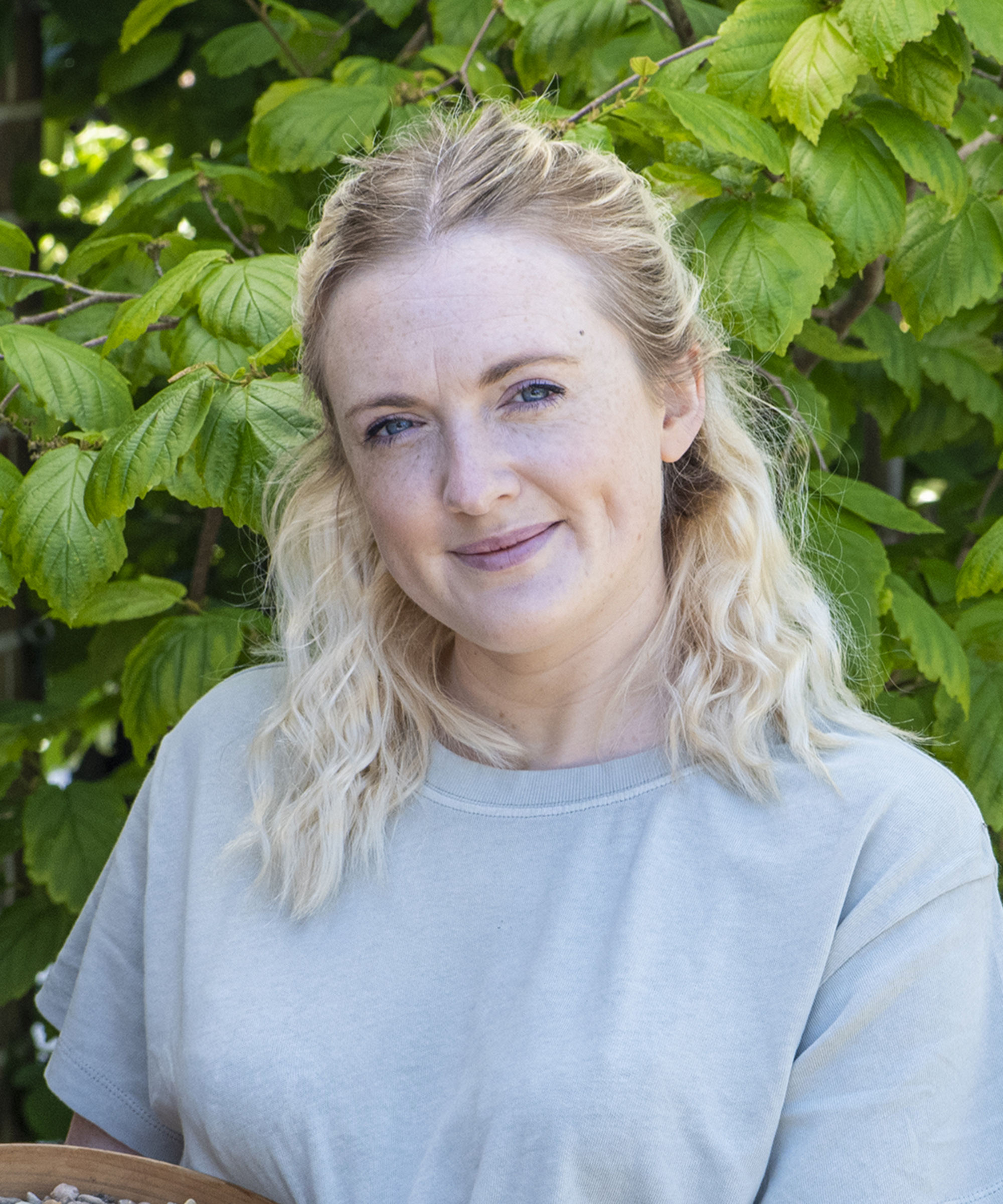
Teresa has worked as an Editor on a number of gardening magazines for three years now. So she is lucky enough to see and write about gardening across all sizes, budgets and abilities. She recently moved into her first home and the garden is a real project! Currently she is relishing planning her own design and planting schemes. What she is most passionate about when it comes to gardening are the positive effects it has on our mental health to grow and care for plants, as well as being great for the environment too and help provide food and shelter for wildlife.
